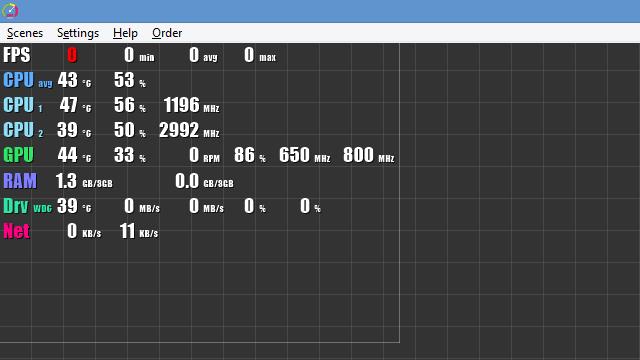
Frame rate, often measured in frames per second (FPS), is a critical factor in determining the performance and smoothness of video games and multimedia applications. A higher FPS generally leads to a more fluid and responsive experience, while a lower FPS can result in stuttering and reduced visual quality. One of the key aspects affecting FPS is the presence of system bottlenecks. This article explores how frame rate impacts your gaming or multimedia experience and how bottleneck calculators can help you optimize your system.
What is Frame Rate (FPS)?
Frame rate refers to the number of individual frames or images displayed per second in a video or game. For example, a frame rate of 60 FPS means that 60 frames are shown every second. Higher FPS values result in smoother motion and better responsiveness, which is especially noticeable in fast-paced games or high-definition videos. Common frame rates include 30 FPS, 60 FPS, 120 FPS, and even higher in some advanced setups.
The Impact of Frame Rate on Experience
- Smoothness and Fluidity: Higher FPS provides smoother motion and more fluid animations. This is crucial in gaming, where quick reactions and precise movements can make a significant difference. For instance, a game running at 120 FPS appears much smoother than one running at 30 FPS.
- Responsiveness: In interactive applications and games, higher FPS can reduce input lag. This means that the delay between a player’s input and the on-screen response is minimized, providing a more immersive and responsive experience.
- Visual Quality: Higher FPS can enhance the visual quality of videos and games by reducing motion blur and making fast movements appear clearer. This is particularly beneficial in competitive gaming, where every detail matters.
Understanding System Bottlenecks
A system bottleneck occurs when one component of your computer is limiting the overall performance, causing other components to be underutilized. Bottlenecks can significantly impact FPS, as they prevent your system from reaching its full potential.
- CPU Bottleneck: This happens when the CPU is unable to keep up with the demands of the GPU. If the CPU is too slow, it will limit the FPS the GPU can deliver. Games and applications that rely heavily on CPU processing may suffer from reduced FPS if the CPU cannot handle the load.
- GPU Bottleneck: Conversely, a GPU bottleneck occurs when the GPU is unable to process data quickly enough, which limits FPS. This can be caused by an outdated or underpowered graphics card, or by settings that push the GPU beyond its capacity.
- RAM Bottleneck: Insufficient RAM can also be a bottleneck, as it limits the amount of data that can be processed at once. This can cause stuttering and reduced FPS in applications that require significant memory.
- Storage Bottleneck: Slow storage devices, such as traditional hard drives, can also impact FPS. Games and applications that rely on fast data access may experience delays and lower performance if the storage device cannot keep up.
Using Bottleneck Calculators
Bottleneck calculators are tools designed to help users identify and address potential performance issues in their systems. These calculators evaluate the balance between different components, such as the CPU, GPU, RAM, and storage, to determine if any of them are causing a bottleneck.
How Bottleneck Calculators Work:
- Input Specifications: You input the specifications of your system components into the calculator, including the CPU, GPU, RAM, and storage.
- Analysis: The calculator compares the performance capabilities of each component and assesses how well they work together. It checks for discrepancies that might cause one component to hold back the performance of others.
- Results and Recommendations: Based on the analysis, the calculator provides results that indicate whether your system has any bottlenecks. It may also offer recommendations for upgrading components or adjusting settings to improve overall performance.
Benefits of Using Bottleneck Calculators:
- Optimized Performance: By identifying and addressing bottlenecks, you can optimize your system’s performance and achieve higher FPS in games and applications.
- Informed Upgrades: Bottleneck calculators help you make informed decisions about which components to upgrade. This ensures that you invest in the right hardware to achieve the desired performance improvements.
- Enhanced Experience: With a balanced system free from significant bottlenecks, you can enjoy smoother gameplay, better responsiveness, and improved visual quality.
Conclusion
Frame rate (FPS) is a crucial aspect of video and gaming performance, directly impacting smoothness, responsiveness, and visual quality. System bottlenecks can limit FPS by causing one component to constrain the performance of others. Bottleneck calculators are valuable tools for identifying and addressing these issues, helping you to optimize your system and enhance your overall experience. By understanding the relationship between FPS and system performance, you can make informed decisions to achieve the best possible performance in your multimedia applications.
Be the first to comment